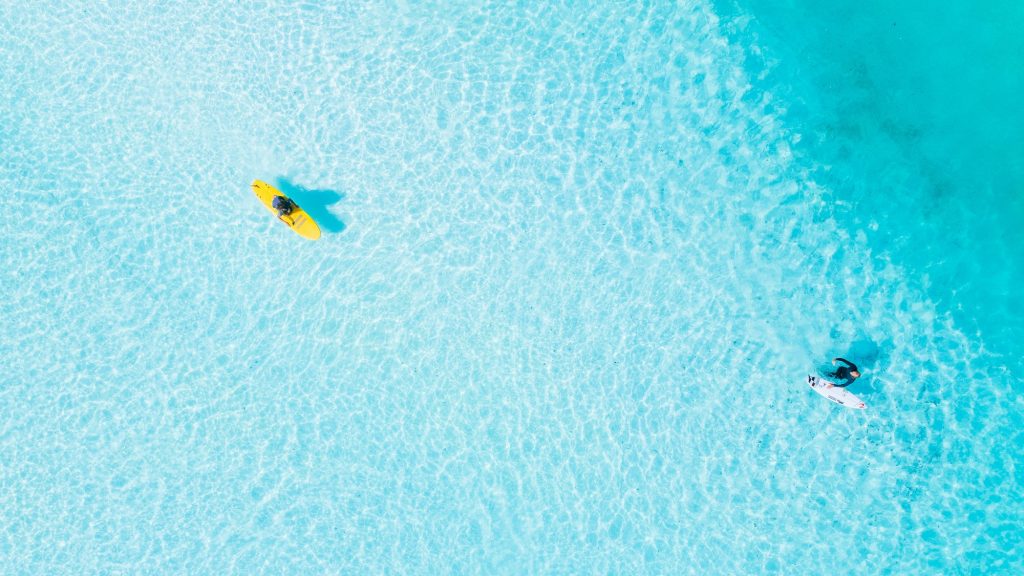Industry: Wavegarden launches water treatment system

Wavegarden ́has launched the first bespoke water treatment system that has been 100% designed, built and tested for artificial surfing lagoons. The system is incorporated in Wavegarden ́s technology package for all installations.
The company’s R&D on water treatment dates back to 2014, when Wavegarden ́s focus shifted from not only creating waves, but also hygienic water. The system was developed at the company ́s R&D center in Northern Spain and has been implemented and proven at four commercial facilities across the globe including The Wave Bristol (England), Praia da Grama (Brazil), Wave Park (South Korea) and Alaïa Bay in Switzerland.
“Our water technology takes advantage of the currents generated by the waves, while considering other factors such as the density of users and periods without waves,” said Andoni Urrutikoetxea, Phd Engineer at Wavegarden. “The system has been specifically designed for a lagoon with waves, which is different in many ways from a standard swimming pool.”
Wavegarden said they use the water movement to optimize the system’s efficiency and that it saves on build costs as there is no unnecessary piping infrastructure.

“Our clients are really pleased with the stringent design and operational measures we have made to ensure that the water treatment system can be implemented in their respective countries” said Fernando Odriozola, Wavegarden ́s Chief Commercial Officer.
The filtration level removes particles above 1-5 microns, and energy consumption is less than 0.05 kWh per m3 of treated water. Water consumption is less than 1 m3/day to carry out system maintenance and filter washing. The system can also be placed below ground.
The onsite infrastructure has a footprint of approximately 120m2 for a standard Wavegarden Cove. It can be placed underground to allow the surface area to be used for other purposes. Placing it below water level reduces energy and water consumption, which minimizes operational costs.
The company added that 100% of the water volume can be sanitized in less than one hour and create an environment free of amoeba and pathogenic microorganisms. Treated water can be classified as potable and can be exchanged with its natural surroundings, even in protected areas.
Related Coverage
